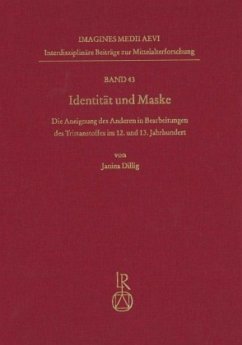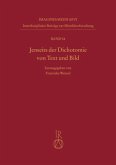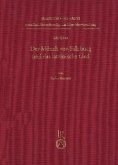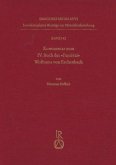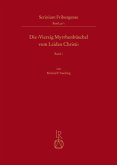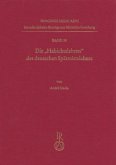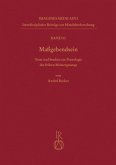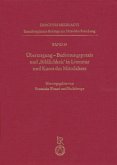This volume concentrates on episodes in Middle High German literature in which identity becomes ambiguous through the using of disguises. In this way, these episodes are not underestimated as droll story elements but are actively used to explain how identity is constructed in medieval literature. It is the aim of this monograph to uncover and analyze the link between identity and disguise and in so doing contribute to a fuller understanding of the different and manifold ways of identity construction in the Middle Ages and to show parallels to modern forms if identity. Subject of the study is the Tristan character who uses disguises continuously due to his illicit love to Isolde and the resulting need for secrecy. This is achieved by not only looking at the 'Tristan' of Gottfried of Straßburg but at all Middle High German Tristan narrations of the 12th and 13th century.
Hinweis: Dieser Artikel kann nur an eine deutsche Lieferadresse ausgeliefert werden.
Hinweis: Dieser Artikel kann nur an eine deutsche Lieferadresse ausgeliefert werden.
"Die Arbeit (zugl. Univ. Bamberg, Diss., 2014) ist der Frage nach der Identität der Tristanfigur in den deutschsprachigen Tristanbearbeitungen sowie den Möglichkeiten, diese durch Maskierung(en) zu verschleiern, gewidmet. (...) Aufbauend auf einem überzeugenden Theoriekapitel spürt sie den Maskierungen und der damit einhergehenden Identitätsbewahrung, -verschleierung aber auch -aufgabe der Tristanfigur in den Texten Eilharts, Gottfrieds, Ulrichs und Heinrichs sowie in Tristan als Mönch nach. (...) Besonders überzeugend ist die Argumentation, wo Dillig nachweist, dass die in der Forschung etablierte Negativdeutung der Verkleidungen der Tristanfigur in den Wiederkehrabenteuern nicht haltbar ist."
Von Birgit Zacke
In: Germanistik 2020_·_BAND 61_·_HEFT 1-2, S. 210-211
Von Birgit Zacke
In: Germanistik 2020_·_BAND 61_·_HEFT 1-2, S. 210-211

